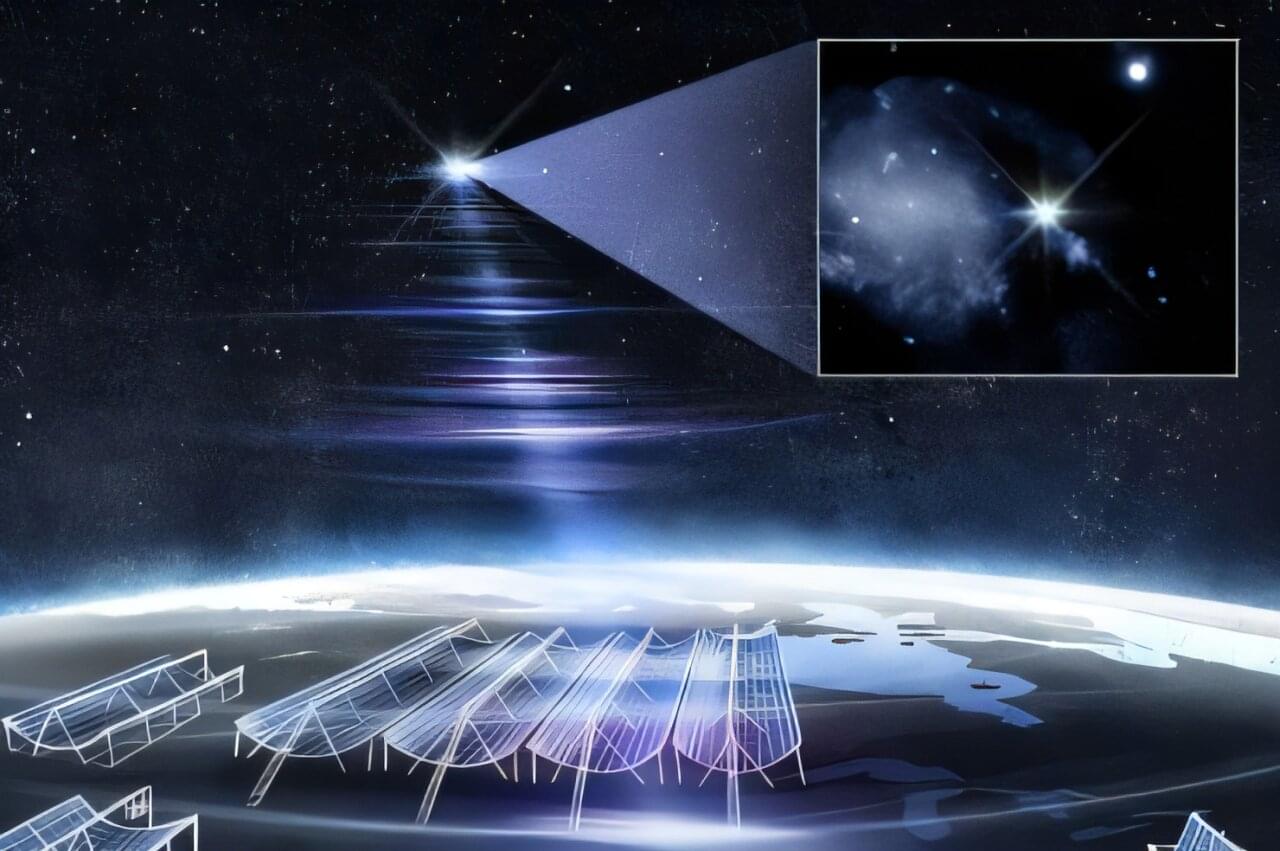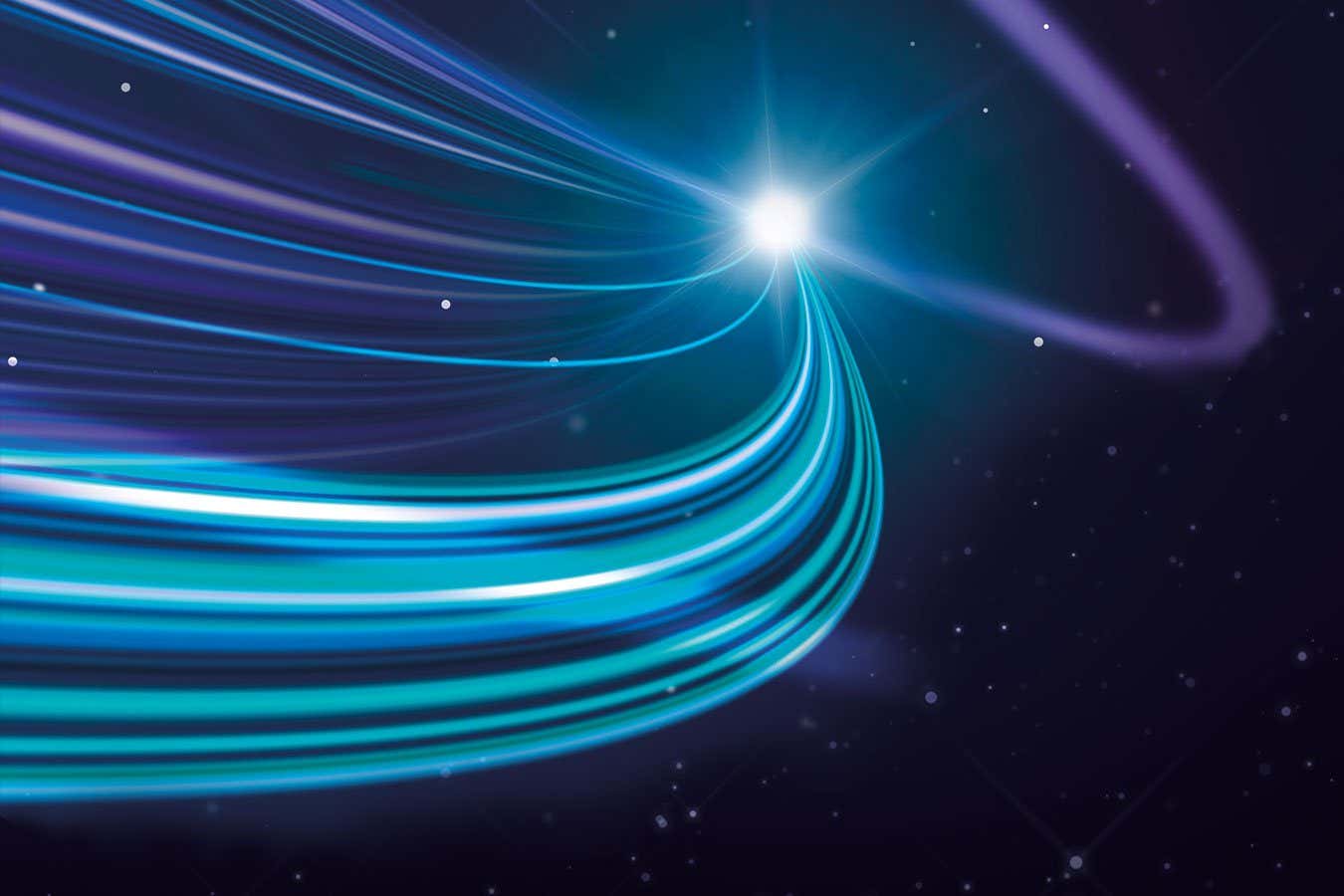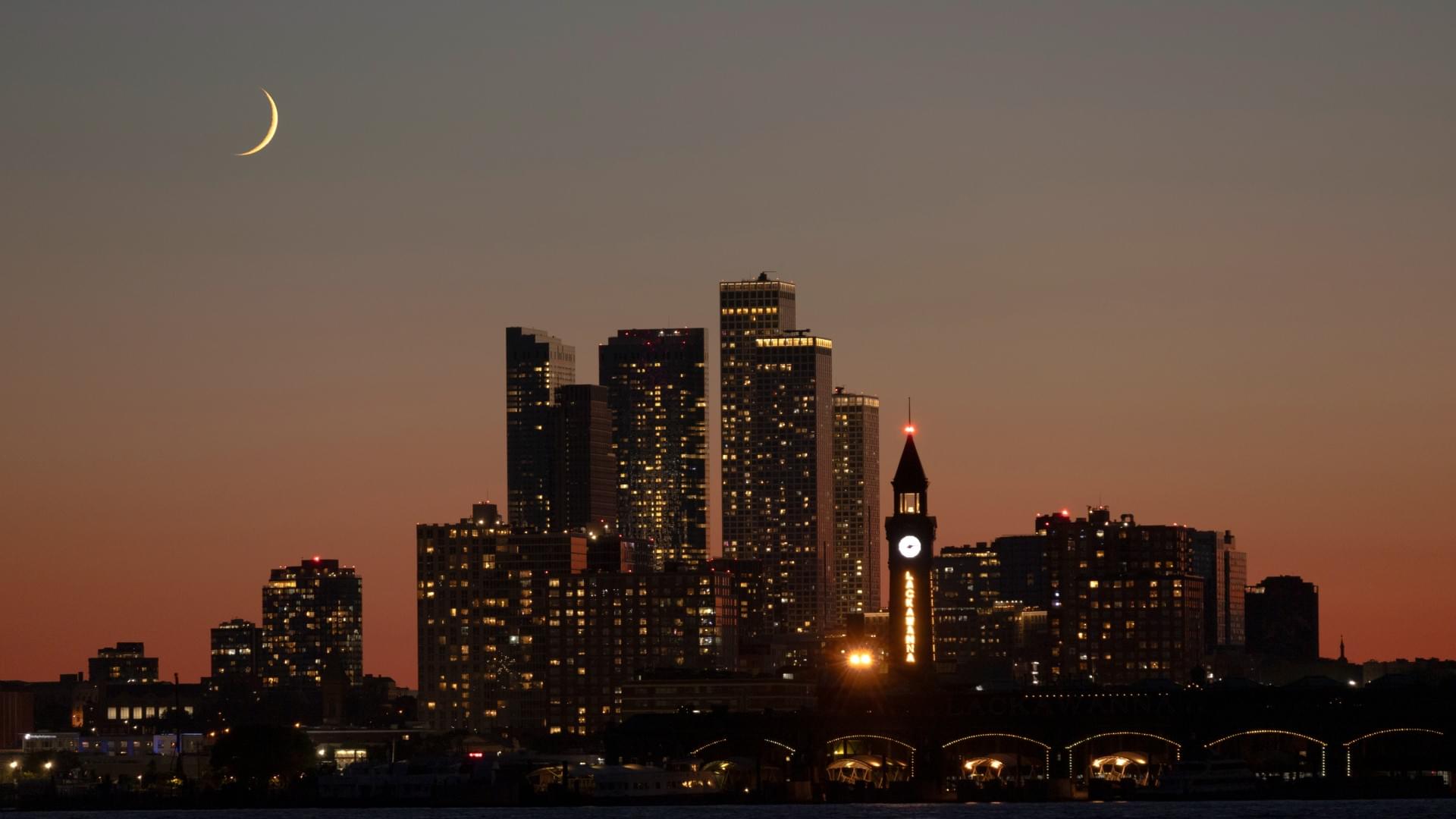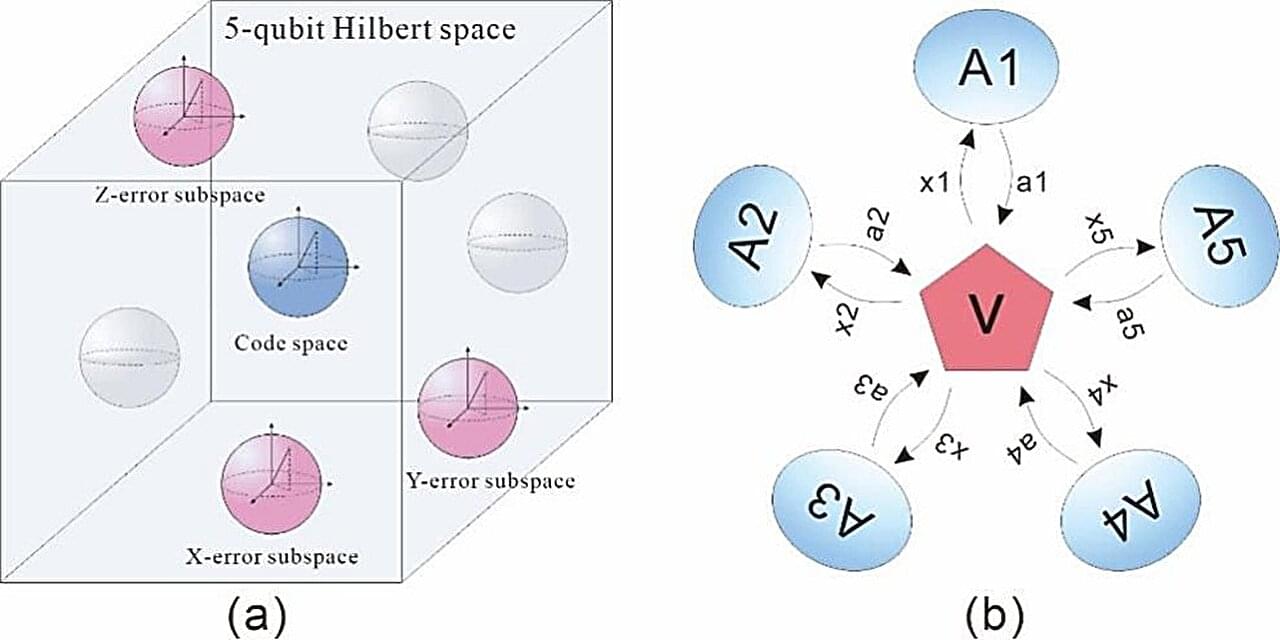An international collaboration of astronomers, including researchers from the University of Toronto, have detected the brightest Fast Radio Burst (FRB) to date—and have been able to pinpoint its location in a nearby galaxy by using a network of radio telescopes.
FRBs are extremely energetic flashes from distant sources from across the universe that are caused by extreme astrophysical phenomena. Yet, they remain poorly understood by scientists and are among astronomy’s most mysterious phenomena. Pinpointing their location promises to usher in a new era of discovery, allowing scientists to trace their true cosmic origins.
The new FRB signal, called FRB 20250316A and playfully nicknamed RBFLOAT (“radio brightest flash of all time”), was very precisely localized using a new FRB Outrigger array as part of the Canadian Hydrogen-Intensity Mapping Experiment (CHIME), which has detected thousands of FRBs since 2018. These smaller versions of the CHIME instrument—located in British Columbia, Northern California and West Virginia—allow astronomers to perform very long baseline interferometry (VLBI), a technique that can pinpoint the location of FRBs with unprecedented accuracy.







